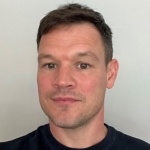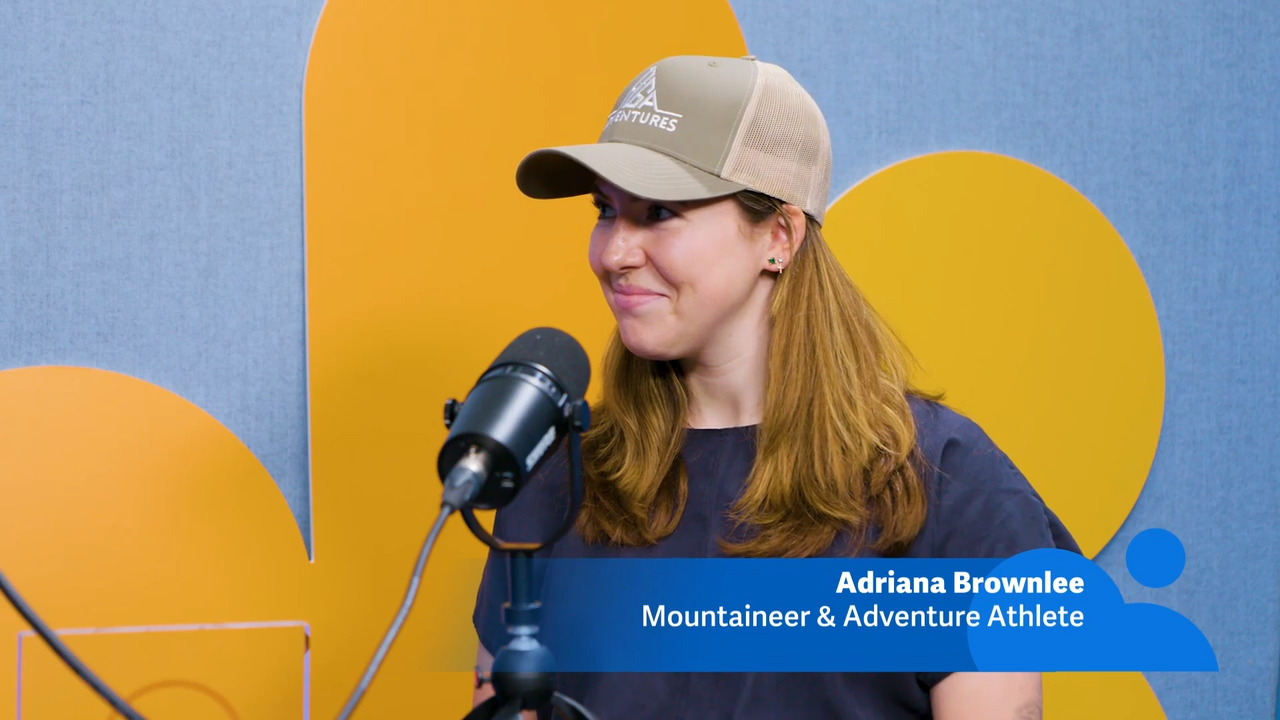When you climb above 8,000 metres, explains mountaineer Adriana Brownlee on the latest episode of the Workday podcast, “your body essentially starts dying”. It’s a sobering thought made all the more remarkable by the fact that Adriana has decided to make a career out of returning to what’s widely referred to as the “death zone” amongst mountain climbers.
At the age of just 23, Adriana has climbed 13 of the world’s 14 mountains that stand above 8,000 metres, including summiting Everest when she was just 20 years old. And she hopes to become the youngest woman to climb all fourteen peaks when she takes on Shishapangma later this year.
Adriana joined us on the Workday podcast to talk about her record-breaking attempt, what motivated her to swap university for life in the Himalayas and what business leaders need to know about Generation Z and the impact they’ll have on the workplace.
Here are six things we learned from our conversation with Adriana:
1. Adriana acquired her “mountaineering mindset” when she was just nine years old
At the age of nine, Adriana attempted to become the youngest person to complete the Three Peaks Challenge, which involves climbing the three highest mountains in England, Scotland and Wales in the space of 24 hours.
With the peak of Ben Nevis – the final mountain of the three – in sight, Adriana started showing signs of hypothermia. Given the choice by her father between continuing to the summit and turning back to safety, Adriana chose the latter.
“I sacrificed the challenge. For a nine year old to make that decision, to forfeit a summit was huge and my dad said that was when you found your mountaineering mindset, which is so important.”
2. Despite misperceptions Gen-Z are driven and motivated to make a change in the world
Most visitors to Everest are either retirees or the younger generation, who Adriana says are eager to take on ever greater challenges.
“Everyone wants challenges nowadays” she says, adding that a marathon 20 years ago used to be a huge thing but now people are keen to push themselves much further.
When she climbed Everest, she says she was one of a small number of women to have summited it. But even since then she says, “the number of climbers has just exploded!”
3. Her love of the Himalayas and concerns over climber safety inspired Adriana to start her own business
In 2021, a photograph taken near the summit of Everest showed a long queue of climbers waiting to reach the top.
This has become quite common, with climbers waiting for anything from 20 to 90 minutes to reach the summit.
To help improve safety on the mountain, Adriana and her partner Geljay founded their own company AGA Adventures.
“We wanted to create something that put safety at number one. Nowadays it seems like companies are taking more and more inexperienced climbers to mountains like Everest.”
“We want to take a few steps back and go back to when people had to have a CV saying I’ve climbed this 6000 metre peak, this 7,000 metre peak, am I ready for Everest? Tick.”
4. She thinks that mentorship and face-to-face working are vital if business leaders are going to get the most out of the younger generation
Adriana credits mentors as having had a profound effect on her, encouraging her to use Everest as a starting point to take on the 13 other 8,000 metre peaks.
And it’s something she thinks is incredibly important when it comes to capitalising on the ambition and drive of her generation.
“We [the younger generation] are very passionate about what we do and we like to get feedback from others, I think that’s very important.”
It’s something she worries is getting lost as work changes and more human interaction moves online.
“People always need to sit one in front of the other and see emotion and see body language,” she says.
5. Adriana wrote a list of everything that could go wrong and how she’d react to it
After two near-death experiences while climbing Dhaulagiri, the seventh highest mountain in the world, Adriana decided to make a list of everything that could go wrong on the mountain to help her respond better to moments of adversity.
“I sat down and I wrote down everything that can go wrong on an 8,000 metre peak and how I’m going to react to it. And I made it almost muscle memory.”
“Now it’s a ritual for me. I write down everything that’s out of my control. Anything from people gossiping about you at basecamp up to an avalanche or if your partner falls.”
Now she knows what she’d do if something like those experiences happen again and it gives her the confidence to keep going back to the mountains.
6. Adriana revised for her Maths GCSE at 5,000 metres
Steadfast in her ambition to climb the world’s highest mountains, Adrianna’s teenage years were anything but ordinary.
She missed her school prom to climb Mount Elbrus then headed to Africa to take on Mount Kilimanjaro ahead of taking her GCSEs.
She says she found herself revising for her Maths exam at 5,000 metres above sea level. Though it clearly did the trick, as she passed.










